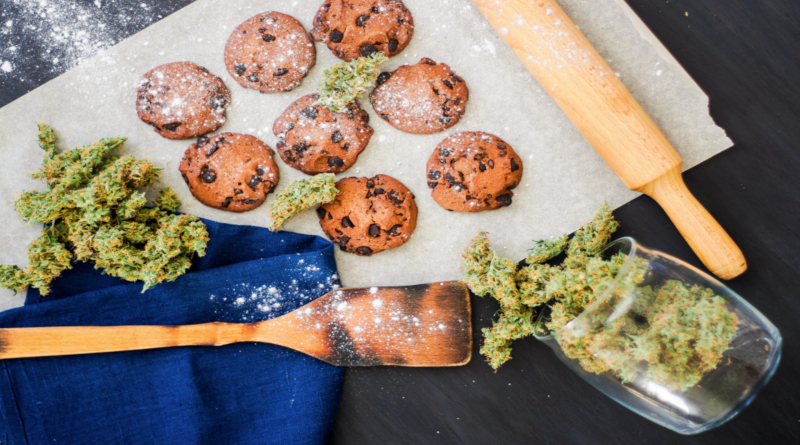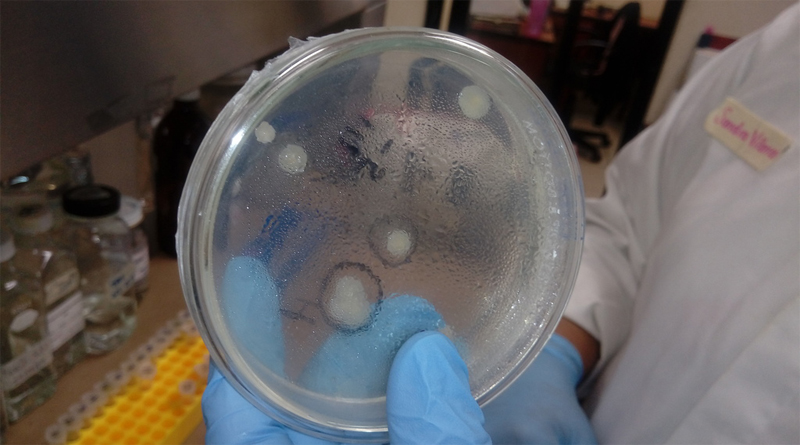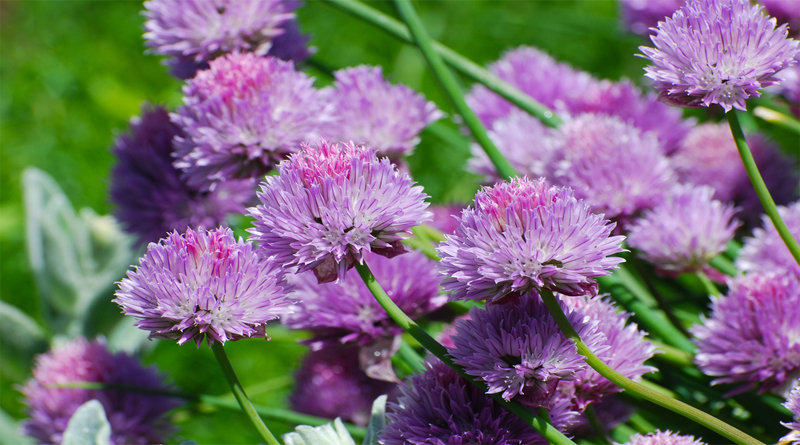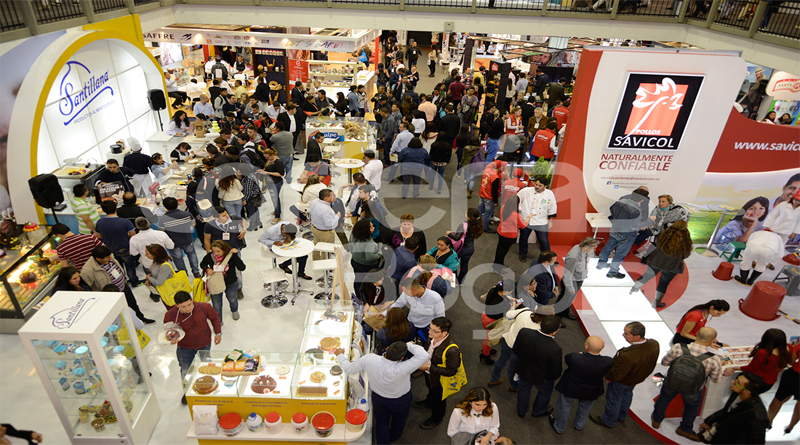Dive Brief:
A study conducted by High Yield Insights, a market research firm focused on the cannabis market, found that 40% of U.S. consumers age 21 and older would try CBD.
The study surveyed 2,000 adults in total, and 1,500 reported using CBD products in the previous three months. For the surveyed consumers who expressed interest in CBD, 64% are 35 or older, 56% are female and 79% have college experience.
Of those surveyed, ease of access and unbiased research on the substance were the primary motivators that enticed consumers to try CBD.
Dive Insight:
After decades of being dismissed or regarded warily by consumers, cannabis is now poised to upend the food and beverage industry. Hemp, from which CBD is extracted, was declassified as a controlled substance by the federal government in the 2018 Farm Bill.
Already the substance has made inroads into the food and beverage industry. Some companies are already infusing coffee and cocktails, while Bruce Linton, the co-CEO of Canopy Growth, told Food Dive earlier this year that the company is working to develop chewables and chocolates.
CBD is associated with indulgence as well as health and wellness. This unique intersection allows the substance to straddle two sectors that are usually mutually exclusive but have begun to merge with the advent of products like Halo Top. So while it won’t be surprising to see CBD make an appearance in items like granola bars, waters and other wellness beverages, it is also making its way into other categories, like candy. David Klein, who created Jelly Belly jelly beans in 1976, has started a company called Spectrum Confections to sell CBD-infused jelly beans where each jelly bean contains 10 milligrams of CBD. Just after the recent launch, Spectrum Confections sold out of its initial production.
Although this is a nascent market, there are no signs of this substance’s popularity slowing. A report on the cannabis edibles market from BDS Analytics said spending on all cannabinoids — which also includes marijuana and its psychoactive THC derivative — is expected to grow to $4.1 billion by 2022 from $1.5 billion in 2018. A study by A.T. Kearney in 2018 found 4 in 10 U.S. consumers said they would be willing to try a cannabis edible. This latest survey reconfirms what big CPG companies already knew, and could push more big food and beverage brands to get in the game.
Of course, like any food additive, there are regulations surrounding CBD and hemp production and use. Although the recent passage of the Farm Bill has helped to provide more clarity, there are still many questions when it comes to regulating hemp and CBD products. The U.S. Food and Drug Administration says CBD in food and drink is still technically illegal. Just before he announced his resignation earlier this month, FDA Commissioner Scott Gottlieb said the federal government needs to work on developing regulatory pathways to get CBD to market. He told a U.S. House subcommittee that FDA would set a hearing to begin the conversation about regulating the substance sometime in April, but no date has been announced yet.
But the hazy regulations and a substantial gray area are unlikely to stop consumption until there is more stern regulation.
The High Yield Insights study points specifically to those who are very interested in the multiple benefits of CBD: highly educated women in their mid-30s. Capturing this demographic is incredibly powerful because they often make purchase decisions for all members of their households, which could take CBD from fad to mainstay.
Source: Food Dive










